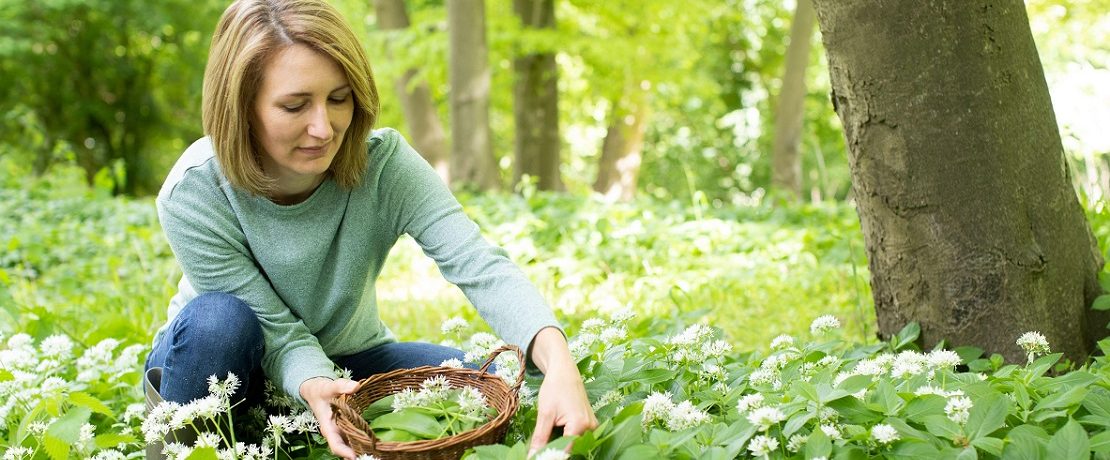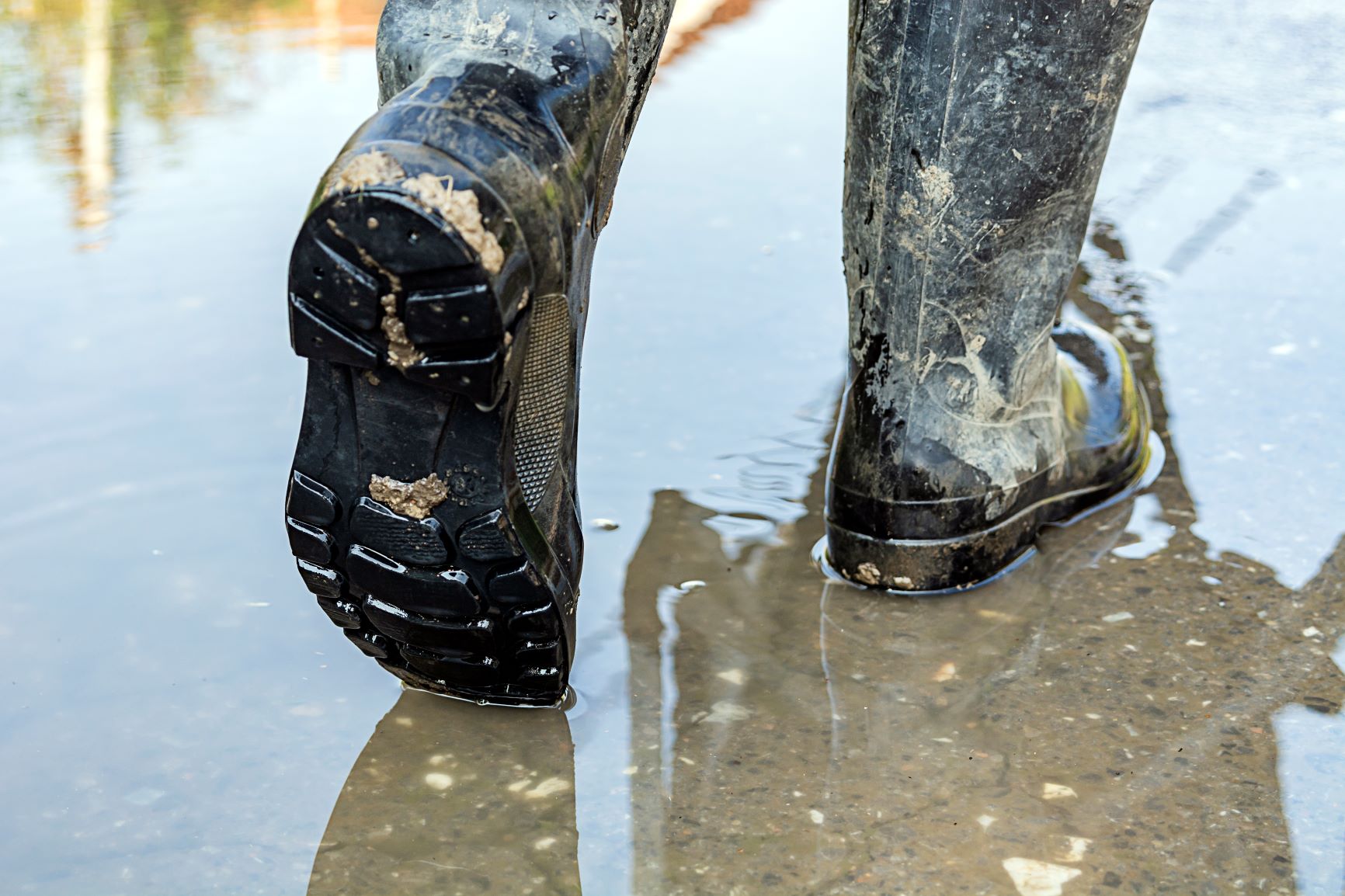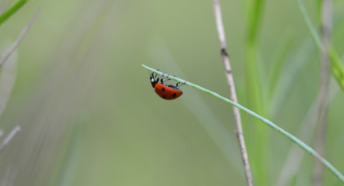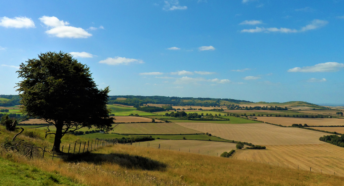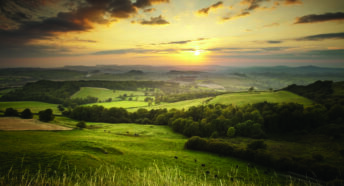Spring into foraging now the leaves are green
With the fresh air, birdsong and sunlight falling through dappled leaves, spring is one of the best seasons to get outside and find natural goodness in the great outdoors. From rolling hills to salty shores, meadows and mountains to dense woodland, you don’t have to look far to forage your own wild supper, as Tiffany Francis-Baker explains.
The practice of foraging has sustained the human species since we first walked the earth. Thousands of years ago, before early humans turned to farming at the end of the Stone Age, we taught ourselves to hunt wild animals and gather plants to feed our communities, a behaviour so vital to our survival that it was the only form of sustenance for 90% of human history.
When carried out sustainably and respectfully, foraging is still an environmentally friendly way to source food, as there is no reliance on chemicals and pesticides, no disposable packaging, the plants are seasonal and organic, and there is no carbon footprint from importing and transportation.
Foraging wild food is also one of the most fascinating and enjoyable hobbies there is, and one the whole family can get involved with. It’s about collecting edible treasures from our native trees and simmering them into dark, sticky jams, and about biting on the earthy crunch of hazelnuts fresh from the husk, tasting the salt crystals hidden in a frond of seaweed, and gathering silver mushrooms under a sky scattered with stars.
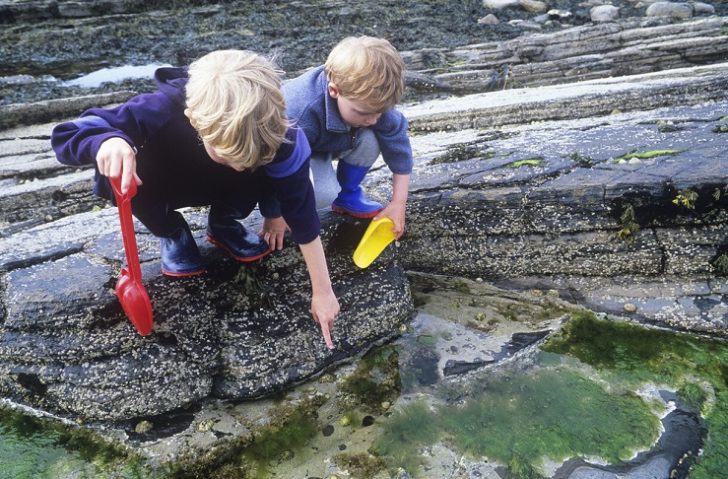
And the best part is, it’s free and accessible to everyone! Whether you live way out in the depths of the countryside or the inner city, our landscapes are bursting with treasures for everyone to enjoy. Time spent outdoors has been shown to enhance our physical and mental wellbeing, and foraging is an easy way to introduce children to the seasons and cycles of nature, as well as exploring where our food comes from.
Take just enough …
A good forager is an ethical one. Pick only the amounts you need, to ensure plant populations remain healthy, and leave plenty for the birds and wildlife with which we share our wild food. A good tip is to think about how much you actually need before harvesting a species, as it’s easy to get carried away by an abundant plant and pick more than you can actually cook with. On the other hand, if it’s taken you ages to find that plant, it’s likely to be rarer, so go easy on it.
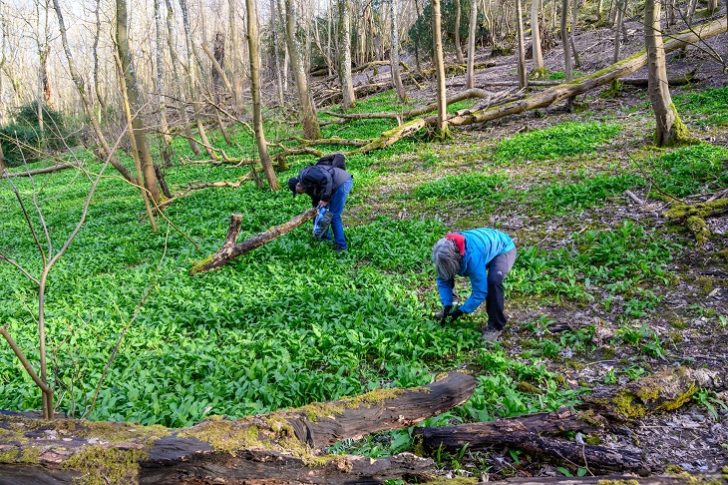
It’s important to know the legalities of picking plants like wildflowers. In this country, for example, the general rule is that picking wildflowers for personal use and not for commercial reasons is legal, as long as the plants aren’t rare or endangered.
It’s also important to recognise the difference between picking a leaf or flower and uprooting the entire plant. A partially picked plant can usually regenerate and survive, but an uprooted plant is gone forever. It is also important to avoid taking plants from fragile nature reserves or wildlife-sensitive areas.
Pick your patch
Remember to keep to public places and steer clear of private land, and avoid searching along the edges of large agricultural fields – which have often been treated with chemicals. Similarly, watch out for popular dog walking routes. Pregnant women should be careful with one or two species, such as bog myrtle and chamomile, as these can cause complications. The golden rule is that if you’re not 100% sure of a species, don’t pick it. There are plenty of resources – online or otherwise – that can help check what you’ve found, but if you’re still not completely sure about a new species, it just isn’t worth the risk.
Foraging wild food is the perfect way to reconnect with our landscape in the way our ancestors did thousands of years ago. It also helps us to engage with the food on our plate and think about where it comes from. Not only does it encourage us to learn about different species of trees, shrubs, seaweeds, herbs, nuts, fruits, seeds and mushrooms, it also helps us engage with the landscape as a whole.
And if we keep a closer eye on the natural world, we are more likely to notice other animals, birds and insects, protect their habitats and appreciate the fragility and complexity of our ecosystems. When done thoughtfully, foraging can be one of the healthiest and most environmentally friendly ways to feed our bodies and souls – so take a look outside, breathe the fresh air and enjoy a taste of the wild in every season.
Get started
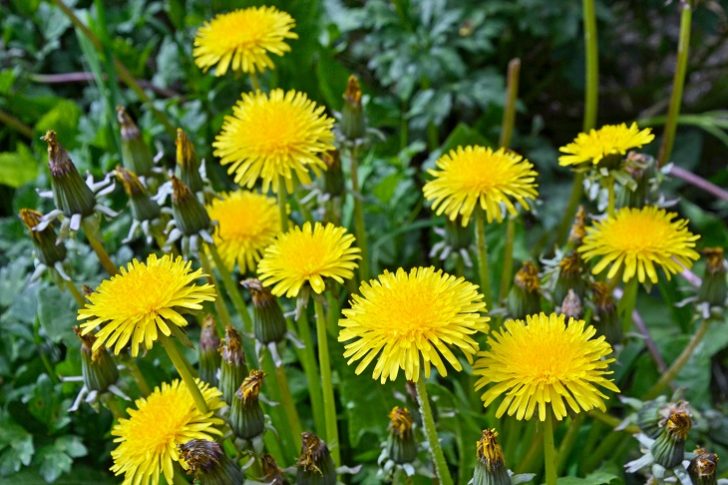
Looking for an easy, abundant plant to get started? The common dandelion is bright, golden and easily recognisable, and tastes best when harvested in the morning before the last dew drops have vanished. The name originates from the French dent de lion, meaning lion’s tooth, from the toothed edges of their leaves, and spring is the best season to harvest both the leaves and flowers and turn them into tea, salad, pesto, jelly and wine.
Tiffany Francis-Baker is a nature writer and illustrator. In 2019 she was chosen to be a writer in residence for Forestry England. Her book Food you can forage is published by Bloomsbury.
